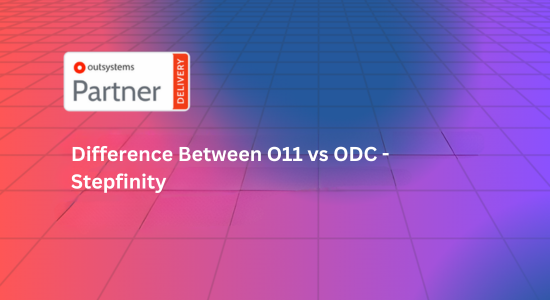In today’s dynamic business environment, efficient order management is essential for maintaining customer satisfaction and achieving operational excellence. Salesforce Order Management System (OMS) is a powerful solution designed to streamline and optimize order processing. This comprehensive guide will explore how Salesforce OMS can revolutionize your business operations, its key features, benefits, and best practices for implementation.
Understanding Order Management System Salesforce
Salesforce Order Management System is an advanced platform that integrates seamlessly with other Salesforce products and external systems to provide a unified, efficient order management process. From order capture to fulfillment and post-sale services, Salesforce OMS offers a robust solution to manage the entire order lifecycle effectively.
Key Features of Order Management System Salesforce
- Seamless Order Capture: Salesforce OMS allows for efficient order capture from multiple channels, including online stores, physical retail locations, and call centers. This ensures that orders are accurately recorded and processed promptly.
- Real-Time Inventory Management: The system provides real-time visibility into inventory levels across all locations. This helps businesses optimize stock levels, reduce carrying costs, and prevent stockouts or overstocking.
- Automated Fulfillment: Salesforce OMS supports various fulfillment options like ship-from-store, ship-from-warehouse, and drop shipping. It automates the selection of the most cost-effective and efficient fulfillment method based on inventory availability and customer location.
- Comprehensive Customer Communication: The system automates customer communications throughout the order lifecycle, including order confirmations, shipping notifications, and delivery updates, enhancing transparency and customer satisfaction.
- Efficient Returns Management: Salesforce OMS simplifies the returns and exchanges process, allowing customers to return products effortlessly and businesses to manage returns efficiently, improving customer service and operational efficiency.
- Integration Capabilities: Salesforce OMS integrates seamlessly with other Salesforce products such as Sales Cloud, Service Cloud, and Commerce Cloud. It also connects with external systems like ERP and logistics platforms, providing a unified view of the entire order management process.
Benefits of Using Order Management System Salesforce
- Improved Operational Efficiency: By automating order processing tasks, Salesforce OMS reduces manual efforts and errors, leading to faster and more accurate order fulfillment.
- Enhanced Customer Experience: Timely and transparent communication with customers throughout the order lifecycle enhances their experience and satisfaction, leading to increased customer loyalty.
- Better Inventory Management: Real-time inventory visibility helps in optimizing stock levels, reducing costs associated with overstocking and stockouts, and ensuring products are available when needed.
- Scalability: Salesforce OMS can scale with your business, handling increased order volumes and expanding to new sales channels without compromising performance.
- Increased Revenue: Improved order accuracy and fulfillment speed reduce order cancellations and returns, leading to higher sales and revenue.
Best Practices for Implementing Order Management System Salesforce
- Thorough Assessment: Conduct a comprehensive assessment of your current order management processes to identify pain points and areas for improvement before implementing Salesforce OMS.
- Clear Objectives: Define clear objectives for what you aim to achieve with Salesforce OMS, such as reducing order processing time, improving inventory accuracy, or enhancing customer communication.
- Integration Planning: Ensure smooth integration of Salesforce OMS with your existing systems. Plan for data migration and integration with other Salesforce products and third-party systems.
- Team Training: Provide thorough training to your team on how to use Salesforce OMS effectively. This includes training on order capture, processing, fulfillment, and customer communication.
- Continuous Monitoring: Regularly monitor the performance of Salesforce OMS and gather feedback from users. Use this feedback to make necessary adjustments and optimizations to the system.
Case Study: Successful Implementation of Order Management System Salesforce
Consider the case of XYZ Enterprises, a rapidly growing e-commerce business. They faced challenges with order inaccuracies and delayed fulfillment. By implementing Salesforce OMS, they were able to integrate their e-commerce platform, inventory management system, and customer service tools. This resulted in a 40% reduction in order processing time, a 25% decrease in order errors, and significantly improved customer satisfaction.
Conclusion
Salesforce Order Management System is a transformative solution for businesses looking to streamline their order management processes and enhance customer satisfaction. With its advanced features, seamless integration capabilities, and scalability, Salesforce OMS can help you achieve greater operational efficiency, accuracy, and revenue growth. Embrace the power of Salesforce OMS and elevate your order management to the next level.








